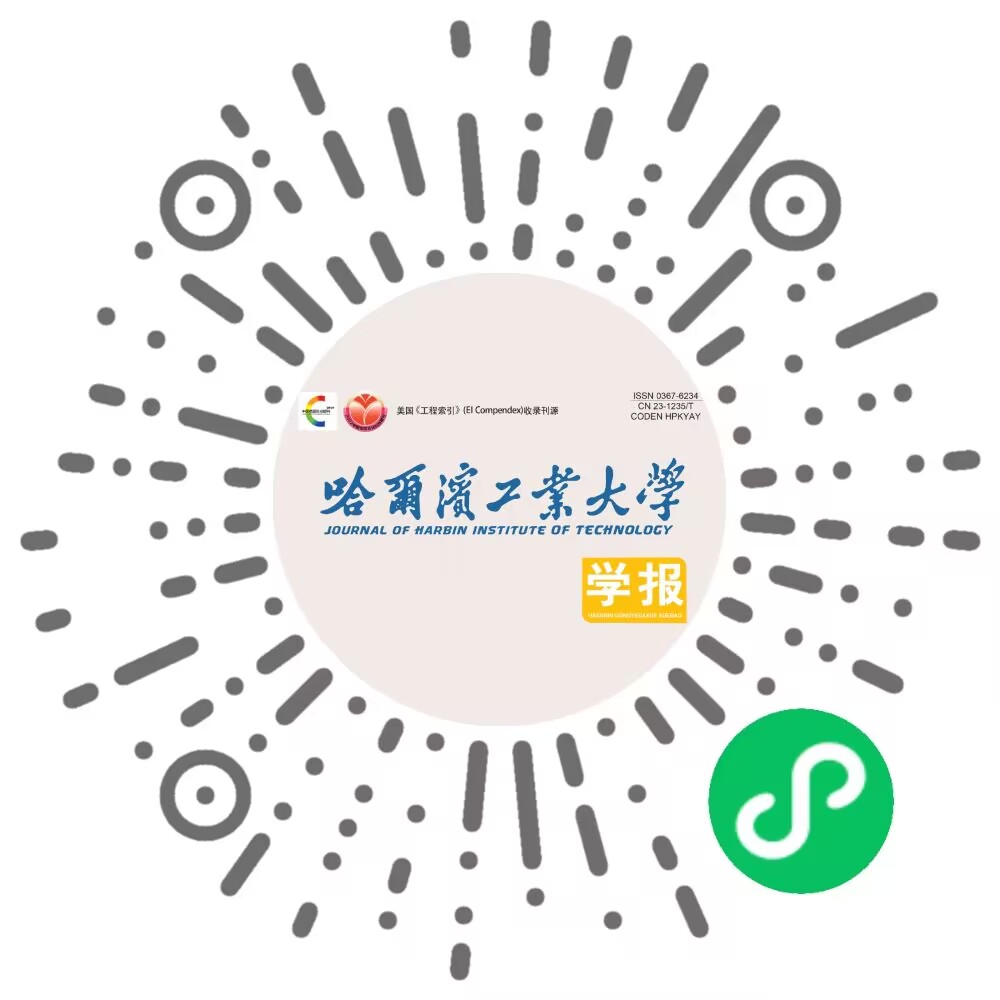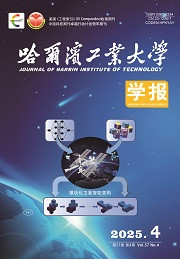| 引用本文: | 张凌浩,周天丰,吴驯未,刘朋,王西彬,赵斌.无黏结相碳化钨激光氧化辅助微细铣削工艺[J].哈尔滨工业大学学报,2025,57(4):131.DOI:10.11918/202403002 |
| ZHANG Linghao,ZHOU Tianfeng,WU Xunwei,LIU Peng,WANG Xibin,ZHAO Bin.Laser-oxidation-assisted micro-milling process of binderless tungsten carbide[J].Journal of Harbin Institute of Technology,2025,57(4):131.DOI:10.11918/202403002 |
|
| |
|
|
| 本文已被:浏览 66次 下载 113次 |

码上扫一扫! |
|
|
| 无黏结相碳化钨激光氧化辅助微细铣削工艺 |
|
张凌浩1,周天丰1,2,吴驯未1,刘朋1,2,王西彬1,2,赵斌1,2
|
|
(1.北京理工大学 机械与车辆学院,北京 100081; 2.北京理工大学 重庆创新中心,重庆 401120)
|
|
| 摘要: |
| 无黏结相碳化钨是耐高温模具的理想选择,但高硬低韧的特性导致其可加工性差,现有切削加工方法很难进行高效精密加工。为改善无黏结相碳化钨的可加工性,实现高效高质量加工,本研究提出了碳化钨的激光氧化辅助微细铣削工艺。文中采用1 065 nm光纤连续激光器对无黏结相碳化钨表面进行了氧化烧蚀实验,研究了不同激光功率、扫描速度以及扫描次数对烧蚀沟槽形貌的影响,分析了无黏结相碳化钨硬质合金的氧化机理,并对烧蚀沟槽进行了微细铣削实验,同时对比了无激光诱导氧化辅助工艺的微细铣削实验,探究了激光氧化辅助微细铣削工艺在碳化钨高硬脆材料加工方面的优势。 结果表明:当激光功率大于7 W时,无黏结相碳化钨表面会产生明显氧化烧蚀痕迹,功率越高、扫描速度越慢,氧化烧蚀越剧烈;在激光高温作用下,沟槽底部会产生热裂纹,多次激光扫描可降低热裂纹长度;高温下碳化钨晶粒发生氧化,其氧化产物主要为疏松状WO3;激光诱导氧化工艺可以降低刀具磨损,改善无黏结相碳化钨的切削加工性能。 |
| 关键词: 无黏结相碳化钨(BTC) 激光加工 表面形貌 氧化机理 微细铣削 刀具磨损 |
| DOI:10.11918/202403002 |
| 分类号:TH16 |
| 文献标识码:A |
| 基金项目:国家自然科学基金(1,3); 重庆市自然科学基金(2022NSCQ-MSX3775) |
|
| Laser-oxidation-assisted micro-milling process of binderless tungsten carbide |
|
ZHANG Linghao1,ZHOU Tianfeng1,2,WU Xunwei1,LIU Peng1,2,WANG Xibin1,2,ZHAO Bin1,2
|
|
(1.School of Mechanical Engineering, Beijing Institute of Technology, Beijing 100081, China; 2.Chongqing Innovation Center, Beijing Institute of Technology, Chongqing 401120, China)
|
| Abstract: |
| Binderless tungsten carbide (BTC) is an ideal material for high-temperature resistant molds, but the high hardness and low toughness characteristics lead to a poor machinability, making efficient and precise machining difficult with existing cutting methods. In order to improve the machinability of binderless tungsten carbide and achieve high-efficiency and high-quality machining of binderless tungsten carbide, a laser-oxidation-assisted micro-milling process for tungsten carbide was proposed in this study. The oxidation ablation experiments were carried out on the surface of BTC using a 1 065 nm fiber continuous laser. The effects of different laser power levels, scanning speeds, and the number of scans on the morphology of the ablation grooves were studied to analyze the oxidation mechanism of BTC. Then micro milling experiments on the oxidation grooves were carried out. Meanwhile, a control group without laser-induced oxidation process was set up for comparison with the micro milling experiments. The advantages of the laser-oxidation-assisted micro-milling process in the machining of high-hard, brittle tungsten carbide were explored. The results show that the surface of BTC showed obvious oxidation and ablation traces when the laser power was greater than 7 W. Higher power levels and the slower scanning speed lead to more intense oxidation ablation. Under the high-temperature effects of the laser, thermal cracks generated at the bottom of the grooves, and the length of the thermal cracks was reduced by multiple laser scans. The tungsten carbide grains were oxidized at high temperatures, and the oxidation product was mainly the loose WO3. The laser oxidation process can lower the tool wear and improve the machinability of BTC. |
| Key words: binderless tungsten carbide (BTC) laser processing surface morphology oxidation mechanism micro milling tool wear |
|
|
|
|







